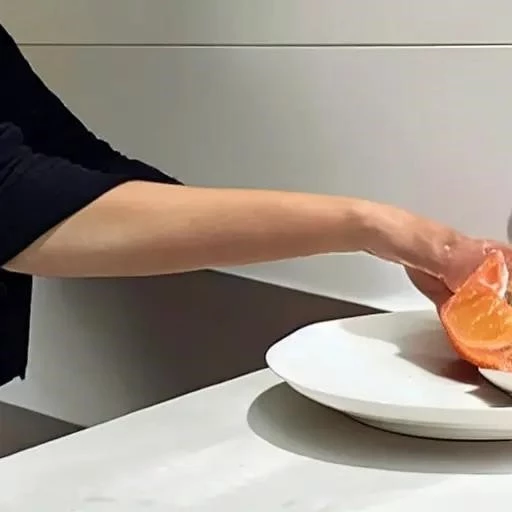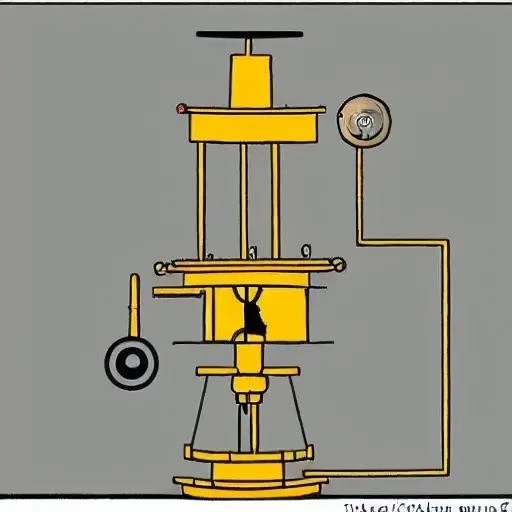In an era increasingly defined by climate consciousness and economic prudence‚ every drop of water saved contributes significantly to both our planet’s health and our personal finances. Often overlooked‚ the humble kitchen sink emerges as an unexpectedly powerful nexus for transformative change within our homes. Far from being a mere utility‚ it represents a daily opportunity to embrace sustainability‚ dramatically reducing water consumption and‚ in turn‚ shrinking those ever-present utility bills.
Imagine effortlessly trimming $50 to $100 annually from your water and heating costs‚ simply by adopting smarter habits and making minor adjustments to your kitchen’s most frequently used fixture. This isn’t a futuristic fantasy; it’s an immediate‚ tangible reality accessible to everyone. By integrating simple‚ yet incredibly effective strategies‚ you can revolutionize your relationship with water‚ transforming a potential source of waste into a beacon of efficiency. This proactive approach not only benefits your wallet but also empowers you to contribute meaningfully to broader environmental conservation efforts‚ starting right in your own kitchen.
Key Water-Saving Strategies for Your Kitchen Sink
| Category | Recommended Tip | Potential Impact & Details |
|---|---|---|
| Fixture Upgrades | Install low-flow kitchen faucets or aerators. | Save $50-$100 annually on water & heating bills. Kitchen aerators with 2.2 GPM (gallons per minute) are typically sufficient‚ mixing air for perceived pressure. |
| Dishwashing Habits | Use a basin or a two-sink method for washing and rinsing. Avoid continuously running water. | Significantly reduces water consumption per wash cycle. Washing cleaner items first helps keep the water fresher for longer. |
| Appliance Use | Minimize the use of in-sink garbage disposal units. | Garbage disposals require large amounts of water to operate effectively‚ contributing substantially to water waste. Consider composting food scraps instead. |
| Maintenance | Promptly fix any dripping faucets or leaks. | Even a slow drip can waste hundreds‚ even thousands‚ of liters of water over a year‚ escalating costs and environmental impact. |
| Advanced Solutions | Consider greywater recycling systems for non-potable uses. | While a larger project‚ greywater systems can significantly reduce overall household water demand by reusing sink water for irrigation or toilet flushing. |
For more comprehensive water-saving tips‚ visit EPA WaterSense.
At the forefront of kitchen water conservation lies the remarkably simple yet incredibly effective upgrade of your faucet. Swapping out an old‚ inefficient fixture for a modern low-flow model‚ or simply attaching an aerator to your existing one‚ can lead to immediate and substantial savings. These ingenious devices work by mixing air into the water stream‚ creating a satisfying pressure sensation while drastically reducing the actual volume of water used. Industry experts‚ like those at the WaterSense program‚ consistently advocate for kitchen faucet aerators with a 2.2 GPM (gallons per minute) rating‚ finding them perfectly adequate for daily tasks without compromising performance. This small investment‚ often costing less than a gourmet coffee‚ truly pays dividends‚ safeguarding both your resources and the planet’s.
Beyond hardware‚ our daily routines present abundant opportunities for water stewardship; When washing dishes by hand‚ a prevalent practice in many homes‚ the continuous running of water during rinsing is an egregious offender in terms of waste. Instead‚ adopt the highly recommended two-sink method: one basin filled with soapy water for washing‚ the other with clean water for rinsing. If you possess only a single sink‚ a simple plug or a sturdy washing-up bowl serves the same purpose‚ allowing you to collect and reuse water efficiently. A smart trick also involves washing glasses and cleaner items first‚ preserving the water’s freshness for subsequent‚ grimier dishes. These thoughtful adjustments‚ requiring minimal effort‚ yield maximal impact on your water footprint.
Another often-underestimated culprit in kitchen water waste is the garbage disposal unit. While undeniably convenient‚ these appliances demand significant water flow to operate correctly and efficiently flush food waste down the drain. Consciously minimizing their use‚ perhaps by composting food scraps instead‚ presents a surprisingly effective strategy for reducing daily water consumption. Furthermore‚ the silent enemy of water conservation lurks in dripping faucets. A seemingly innocuous drip can‚ over time‚ squander hundreds‚ even thousands‚ of liters annually. Fixing these leaks promptly‚ a task often requiring just a simple washer replacement‚ is a fundamentally crucial step in preventing avoidable waste and protecting your financial investment.
Dispelling a common myth‚ modern dishwashers are engineered with incredible precision‚ often using less water per load than handwashing. For optimal efficiency‚ always run your dishwasher only when it’s full‚ and consider utilizing its eco-friendly or water-saving cycles. Looking ahead‚ the integration of advanced solutions‚ such as greywater systems‚ promises even greater water independence. These innovative setups capture used water from your kitchen sink (and other sources) for non-potable applications like garden irrigation or toilet flushing‚ showcasing a truly circular approach to household water management. Embracing these forward-thinking technologies positions us at the vanguard of sustainable living.
The journey towards a more water-efficient home begins with conscious choices‚ particularly within the bustling hub of the kitchen. By adopting low-flow fixtures‚ refining dishwashing habits‚ prudently managing appliances‚ and diligently addressing leaks‚ we collectively embark on a path of significant environmental stewardship and financial savings. These aren’t just minor adjustments; they are powerful‚ actionable steps that empower every homeowner to make a tangible difference. As we look towards 2025 and beyond‚ the optimized kitchen sink stands not merely as a functional necessity but as a symbol of our collective commitment to a healthier planet and a more sustainable future‚ one precious drop at a time.






